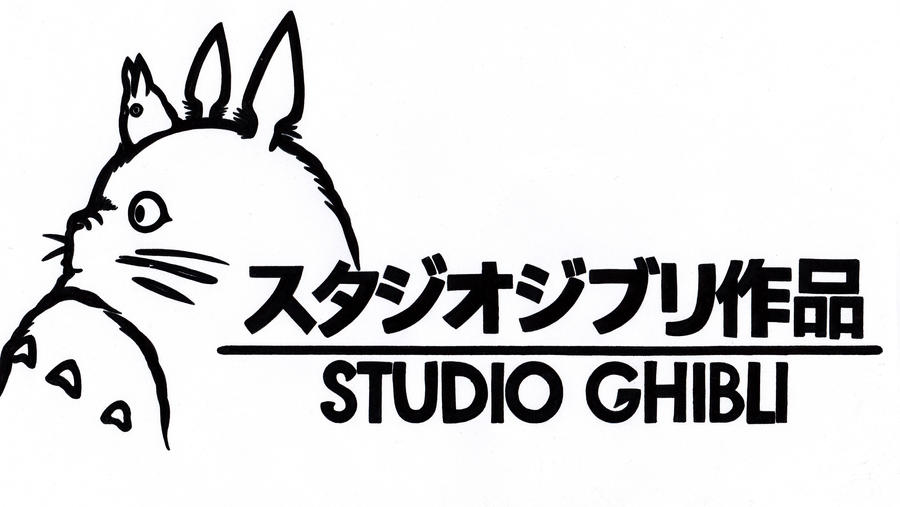The explosive popularity of Anime in the West over the last two decades can typically be traced back to the twin explosions of Pokemon (based on a video game) and Dragonball Z in the late nineties. Of course there were many other signs examples that pre-dated this, including Astro-Boy (from all the back in the nineteen sixties) and Sailor Moon (from the nineties as well). With critically acclaimed series like Full Metal Alchemist and Attack on Titan, it makes sense that many would call this a golden age for animated works coming out of Japan. But starting in the early eighties, Hayao Miyazaki and Isao Takahta created film after film of incredible brilliance through the studio they created, which they called Ghibli.
These films proved once again that animation should never be considered a genre that is just for children. With intricate plots, deep characters, plenty of social commentary, and outright visual beauty, they certainly elevated the art form. Now that they are available worldwide on several streaming services, there’s no better time than now to explore their huge filmography.
The Ghibli Difference

Whatever assumptions you have about Anime, you can throw them out the window when it comes to these films. Obvious clashes of good versus evil are thrown out the window, no matter how many fantasy or sci-fi elements are incorporated into the plot there is a fluidity and realism to the characters’ movement, and you won’t find any sexualized schoolgirls who would be the sort to look for dates by clicking here! Even when films that are meant to be enjoyed for the whole family, they are never pandering to children, meaning there are always elements that can be appreciated by film fans of all ages.
Spirited Away
There is no better place to start with Ghibli films than Miyazaki’s ‘Spirited Away’, released in 2001 and winner of the Academy Award for best animated feature (the only time a non-English film had won). It follows the adventures of a ten year old girl who finds herself transported to a fantasy world where her parents have been transformed into pigs. It is perhaps one of the finest examples of a ‘coming-of-age’ film, because Chihiro starts off as someone you could never imagine to take on the huge responsibility of saving her parents, but little by little she becomes more independent and heroic.
Once the film leaves the real world behind, the setting focuses mainly on a massive bathhouse (a respectable bathhouse, not the type you find on sites like this), where ancient spirits of Japanese folklore go to rest their weary ‘bones’. Once she secures a job there on the lowest rung of the ladder, she slowly begins to earn the trust and respect of the owner, the witch Yubaba, who is the one now ones her parents in their pig-form. Credit goes to Miyazaki and the entire team for creating a fantasy world where all these feel incredibly practical and plausible. Many have also viewed the actions of the bathhouse employees’ desire for gold as a critique of modern consumerist culture.
Without getting too much into spoilers, the beauty of the fantasy world that Chihiro finds when she leaves the bathhouse on an important mission is one of the most unforgettable moments of the film. It definitely gives the viewer the feeling that anything can happen.
My Neighbor Totoro
If you are a fan of candy, then you’ll find that this film might be the sweetest of all time. Released in 1988, this now classic children’s film is the ultimate rainy day, pick-me-up sort of flick. The animation is beautiful, with depictions of the real world mingling perfectly with the more fantastical elements.
There is not much of a plot, but there doesn’t have to be. Miyazaki finds the humour and wonder of children from the city exploring their new surroundings in the countryside. While it starts very down-to-earth, with them cleaning the new house and planting seeds in the garden, the two girls soon find they are very friendly and not at all threatening monsters that live in the nearby woods. The bear-like Totoro has become a sort of Japanese version of Winnie the Pooh, even though he doesn’t say a word.
What can be most appreciated by film fans is how there isn’t much pressure to drive the plot forward. Miyazaki doesn’t rush any of the scenes, whether it’s walking to school, or waiting at a bus stop in the rain. The smallest movement from the characters is a joy to watch, and just makes it more exciting when one of the monsters shows up.
Princess Mononoke
While two of the two films discussed above are certain flights of fancy, this 1997 film is the exact opposite. While there are moments of levity and wonder to be sure, Princess Mononoke explores life, death and human civilization. It is one of the few films – animated or otherwise – that asks serious questions about environmentalism, and it is still being discussed today. While this may sound like it is more of a documentary, it most certainly is not. In feudal Japan, a demon terrorizes a small village and a young man who slays the demon but is fatally cursed by it must search the land for a cure. This sets off a series of events where he finds an armoury run by a kind woman who houses social outcasts, but is also intent on destroying all the magical creatures in the nearby woods. The young man is torn between helping her and the young woman (from the title) who was raised by some of these magical wolves.
With plenty of plot twists, extremely fantastical and trippy visuals, and no clear villain, Princess Mononoke will keep you on the edge of your seat to the very end.







